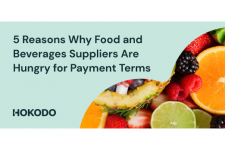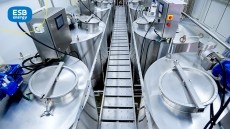Courtauld waste targets 'realistic'
There are now 53 signatories to phase 2 of the voluntary Courtauld Commitment (CC2) agreement, organised by WRAP and spanning UK grocery processors and retailers.
During 2010, reported packaging weights fell by 5.1%, compared with a three-year target of 10%. And household food waste fell by 3%, even closer to its 4% target for the end of 2012.
But the new CC2 target of supply chain waste saw a cut of just 0.4%, towards the three-year target of 5%. "There was the momentum there for the first two targets, but not for this," argued WRAP's director for design and waste prevention Dr Richard Swannell. "The sense from the signatories is that the target will be achievable. We're not hearing that the supply chain is banging up against a technical barrier with packaging optimisation."
The risk could be that, while packaging materials reduction continues, food waste actually increases as a result. But WRAP does not see this as an issue.
"Of course, we want to avoid the risk of losing more product in the supply chain. We're looking for that sweet point of an optimal supply chain approach," said Swannell.
"The focus has been on reducing the amount of waste going to landfill," he said. "But we're trying to manage a move to waste prevention. Recycling or recovery can be increased by operating your existing supply chain differently. But to prevent waste, you need to think and act on the level of systems, and that will inevitably take longer."
At the Food & Drink Federation (FDF), director of sustainability and competitiveness Andrew Kuyk said: "FDF signatory firms in particular appear to be performing well against the supply chain waste target." He said waste prevention would become more of a priority.
While the materials component measured in the supply chain target only refers to secondary and tertiary packaging, the separate packaging target also includes primary packaging. Here, WRAP was almost surprised by the results.
"We were very pleased with the 5.1% reduction for packaging," said Swannell. "This is to do with the momentum that has built up, but also has a lot to do with economic conditions. This is, after all, a way of improving operational efficiency."
















